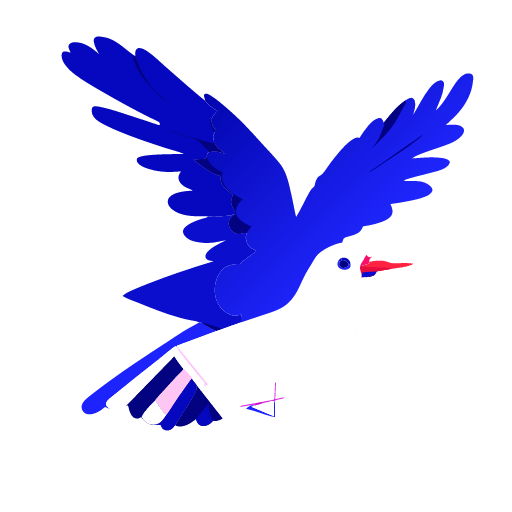In an era where digital artistry is continually evolving, choosing the right tool for your creative projects is quintessential. Among the myriad of options available, Midjourney and Ideogram AI emerge as frontrunners, each boasting unique capabilities tailored to specific niches within the creative community. This article delves into a comparative analysis between Midjourney and Ideogram AI, shedding light on their distinctive features, strengths, and ideal use-cases to help you make an informed decision.
With the advent of artificial intelligence, the digital design landscape has witnessed the emergence of robust platforms like Midjourney and Ideogram AI. Both platforms harness AI to generate images, albeit catering to distinct user needs. This comparative analysis aims to provide a panoramic view of what each platform offers, helping you navigate your choice based on your design objectives.
Text Generation and Creativity
Ideogram AI shines when it comes to text generation and fostering creative freedom. The platform’s prowess in translating textual descriptions into imaginative visuals is commendable. It offers a haven for creators seeking to blend text with visuals seamlessly, making it a suitable choice for projects that require a touch of creative nuance and textual accuracy. On the flip side, while Midjourney also provides text-to-image capabilities, it may fall a tad short in text accuracy, making Ideogram the preferred choice for text-centric projects.
Graphics Quality
Midjourney’s forte lies in its ability to produce photorealistic images based on textual descriptions. The platform’s knack for rendering high-quality graphics is unparalleled, making it the go-to choice for those questing for photorealism in their projects. Unlike Ideogram, which might sometimes lack in graphic finesse, Midjourney stands tall in delivering superior graphic quality. This makes Midjourney a stellar choice for projects that demand photorealistic imagery.
User Control and Customization
Ideogram AI doesn’t just stop at text generation; it goes a step further to offer user control and customization. The platform provides an efficient avenue for automated content generation alongside style transfer mastery, allowing users to tweak and tailor the output to their liking. This level of user control and customization enhances the overall user experience, making Ideogram a versatile choice for a diverse range of creative projects.
Market Positioning
Midjourney has carved a niche for itself in the market, garnering a solid user base over time. Its reputation for delivering photorealistic images has made it a reliable choice among the creative populace. On the other hand, the advent of Ideogram AI, with its reliable text generation, presents a new entrant that could stir the waters, especially in the realm of logo generation. Ideogram’s model, despite being relatively new, shows promise in giving established platforms like Midjourney a run for their money.
Pricing of these AI models
The pricing structures for Midjourney and Ideogram AI are quite different for the time being.
Midjourney offers several pricing plans:
- A basic plan priced at $10 per month, providing approximately 200 ‘jobs’, where each action of prompting and upscaling costs 1 job. This plan appears to be ideal for smaller projects or individual users.
- A standard plan for $30 per month, which is recommended for small businesses and freelancers.
- A pro plan at $60 per month, offering twice the hours of the standard plan along with a feature called “Private Mode”.
- Additionally, there’s a higher-tier plan priced at $120 per month.
On the other hand, Ideogram AI is currently free to use according to multiple sources. While Techjockey mentions that the price is available on request, which might indicate that there could be premium or custom pricing plans available, it’s not clearly outlined.
This difference in pricing can significantly impact the choice between Midjourney and Ideogram AI depending on budget constraints and the specific needs of the project. Ideogram AI, being free, provides an accessible option for individuals or enterprises looking to explore AI-driven design without financial commitments. Meanwhile, Midjourney’s tiered pricing structure provides more options for users with different needs and budgets, potentially offering more advanced or additional features at higher price points.
Conclusion
The battle between Midjourney and Ideogram AI boils down to individual project requirements and personal preferences. If your project leans heavily on text generation and creative expression, Ideogram AI might be your go-to platform. Conversely, if high-quality, photorealistic graphics are your priority, Midjourney could be the platform for you. Both platforms exhibit a strong suite of features catering to different facets of digital design, and the choice ultimately hinges on which platform aligns better with your design goals and workflow.
In a nutshell, the journey through digital design realms is laden with choices. Understanding the core strengths and offerings of platforms like Midjourney and Ideogram AI can significantly influence the trajectory of your creative projects, ensuring you harness the full potential of what AI-driven design platforms have to offer.
This structured comparison aims to provide an insightful overview, assisting you in making a well-informed decision tailored to your creative needs. Whether you’re inclined towards text generation or photorealistic graphics, the choice between Midjourney and Ideogram AI is bound to impact your digital design voyage.




